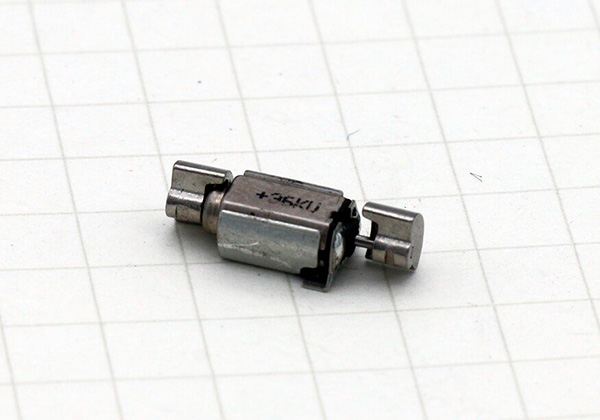
Vibrations in iPhones
Every day, our smartphone emits hundreds or even thousands of vibrations. We are so accustomed to this feature that we just do not notice it. Initially, phones never used to even do this. Now, all modern smart phones and phones are equipped with a vibration motor. It is a small electric motor, on the axis of which a metal cylinder is mounted. The axis of the engine intentionally does not coincide with the axis of the cylinder, which allows the latter to vibrate during rotation. When a call is received, the motor starts to work and rapidly unwinds the cylinder. Vibrations are transmitted to the phone’s case and it starts to vibrate.
In Toothbrushes
The first electric brush was developed in 1939 in Switzerland, but sales only began in the 1960s, under the Broxodent brand. In 1961, General Electric launched a wireless, rechargeable, electric brush with an up and down moving head. In 1987, the first rotating brush for home use appeared under the Interplak brand. Currently, many variants of this model are being produced. There are models that use not only vibrations but also ultrasound for cleaning.
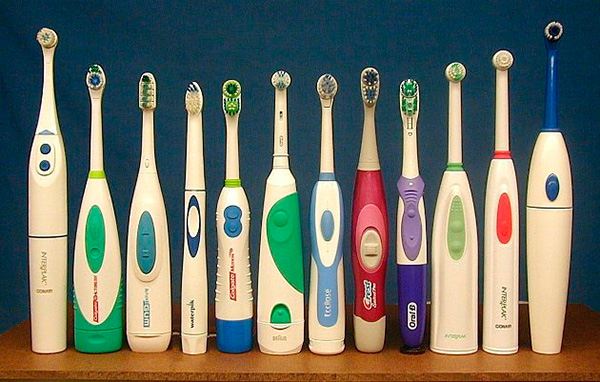
Electric Toothbrushes
Vibrations In Pagers
At the very beginning, a popular communication device was a pager. Motorola released the first pager back in 1956. It was a one-way communication device, because the pager only allowed a user to receive messages. However, in most cases this was quite enough. The sender would call the operator of the paging company, then call the name or number of the subscriber and after that, he/she would dictate the message they want to send. A minute later, a running text line would appear on the subscriber’s pager. With the growth of popularity, pagers began to be used in those areas where one-way communication could be dispensed with. Pagers used to call emergency teams, firefighters, and police. It was convenient to use pagers on military facilities so that subscribers could not be tracked. An inexpensive device could provide residents of coastal towns and notify them of an impending storm or tsunami. So in the US, pagers began to be used everywhere, and the signal of the incoming message often woke up and distracted others. Developers decided to start borrowing technology from developing parallel toothbrushes. So the vibrations helped a user notice the message during active work, because the pagers were worn more often not in a pocket, but on a belt. In complete silence it was a much quieter polyphonic melody..
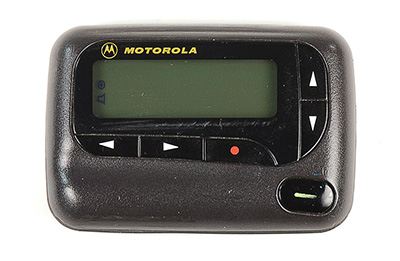
Motorola Pager
In Mobile Phones
The first models of cellular and satellite phones were very cumbersome, and could not vibrate at all. The world’s first mobile phone was Motorola DynaTAC 8000x (1983). It was very heavy and angular. They could not be hidden in a pocket or worn in a holster and it was very difficult to miss a call on this phone. Engineers had to use a very powerful engine that would consume a lot of energy to integrate the vibration motor in the first phone models, and the vibration of a large bar could greatly frighten the person using the phone.
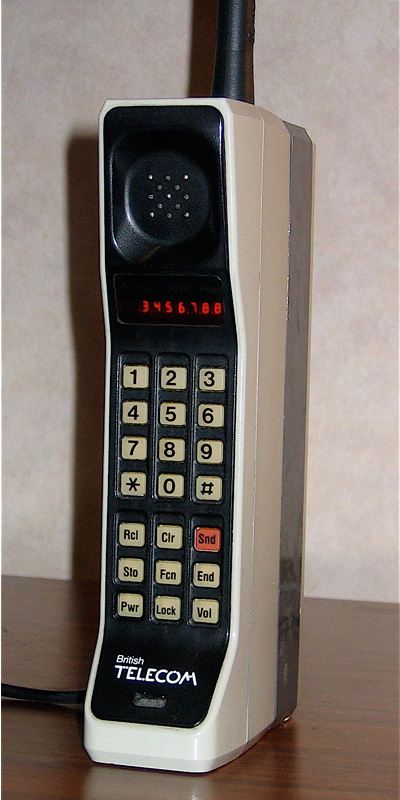
Motorola DynaTAC (1983)
Siemens A35 was a popular model of the 2000’s and still could not vibrate. In the late 90’s mobile phones became compact, inexpensive and massive. Mobile conversations went from being a luxury to an everyday occurrence. Devices at this point were already able to be placed pockets and worn by everyday people. Later, phone manufacturers began to think about the introduction of a vibration motor into mobile phones. Some phone models had such a powerful vibration that it replaced the sound of low frequencies while playing music through an external speaker. There were also reverse situations, when a good speaker played the role of a vibrator.
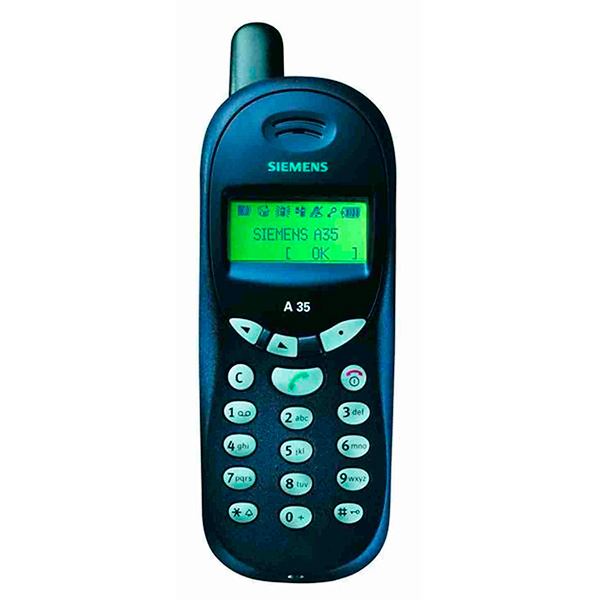
Siemens A35
For example, the Motorola E398 (2004), also known as ROKR E1, developed in cooperation with Apple. External speakers were head and shoulders above the competition, and there was no vibration at all. On small parties E398, could easily replace an audio system, and to enhance the sound of a phone, it was enough to put it in a small metal bowl or pan. Most Apple fans remember this phone for iTunes support. It wasn’t the most successful device, but very useful for job experience within the company. A little later vibrations were used for tactile feedback in touch smartphones. Users were unaccustomed of tapping on a smooth display instead of pushing physical buttons. For this purpose, a small vibration feedback was added during the tapping. Further technological use of vibrations began to be applied relatively recently.
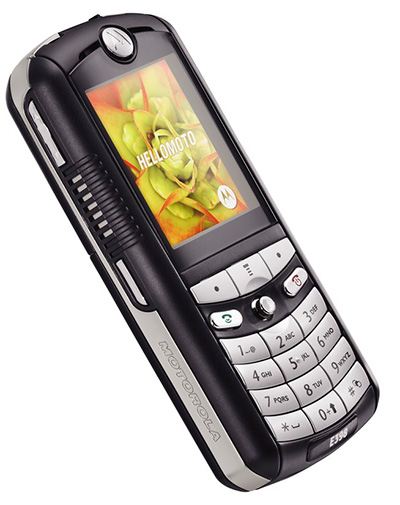
Motorola E398
The vibration element called the Taptic Engine already exists in most Apple gadgets. A small vibrating module is responsible for feedback in such products as the iPhone and the iPad, the Apple Watch and the Macbook (in the touchpad). There is no longer a classic motor with a weighting agent, but the module works thanks to the electromagnetic induction. In the seventh and eighth generations of the iPhone, this unit also worked for the physical Home button, which has become a sensor in recent years. This is how the very simple technology evolved from the middle of the 20th century. Who knows what else they can do with smartphones in the future, all thanks to the vibration motor.
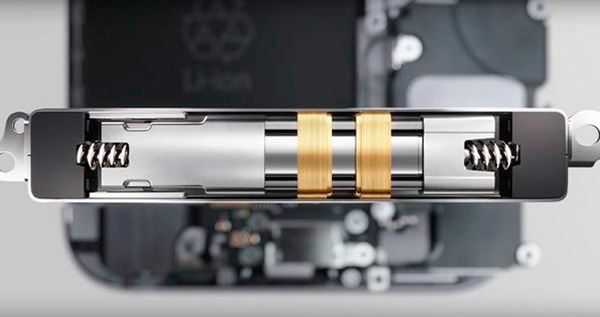
Taptic Engine
Links
- Sell your used iPad for cash – iGotOffer
- Everything About Apple’s Products – The complete guide to all Apple consumer electronic products, including technical specifications, identifiers and other valuable information.


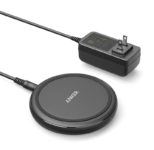

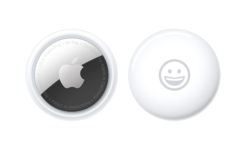

Facebook
Twitter
RSS